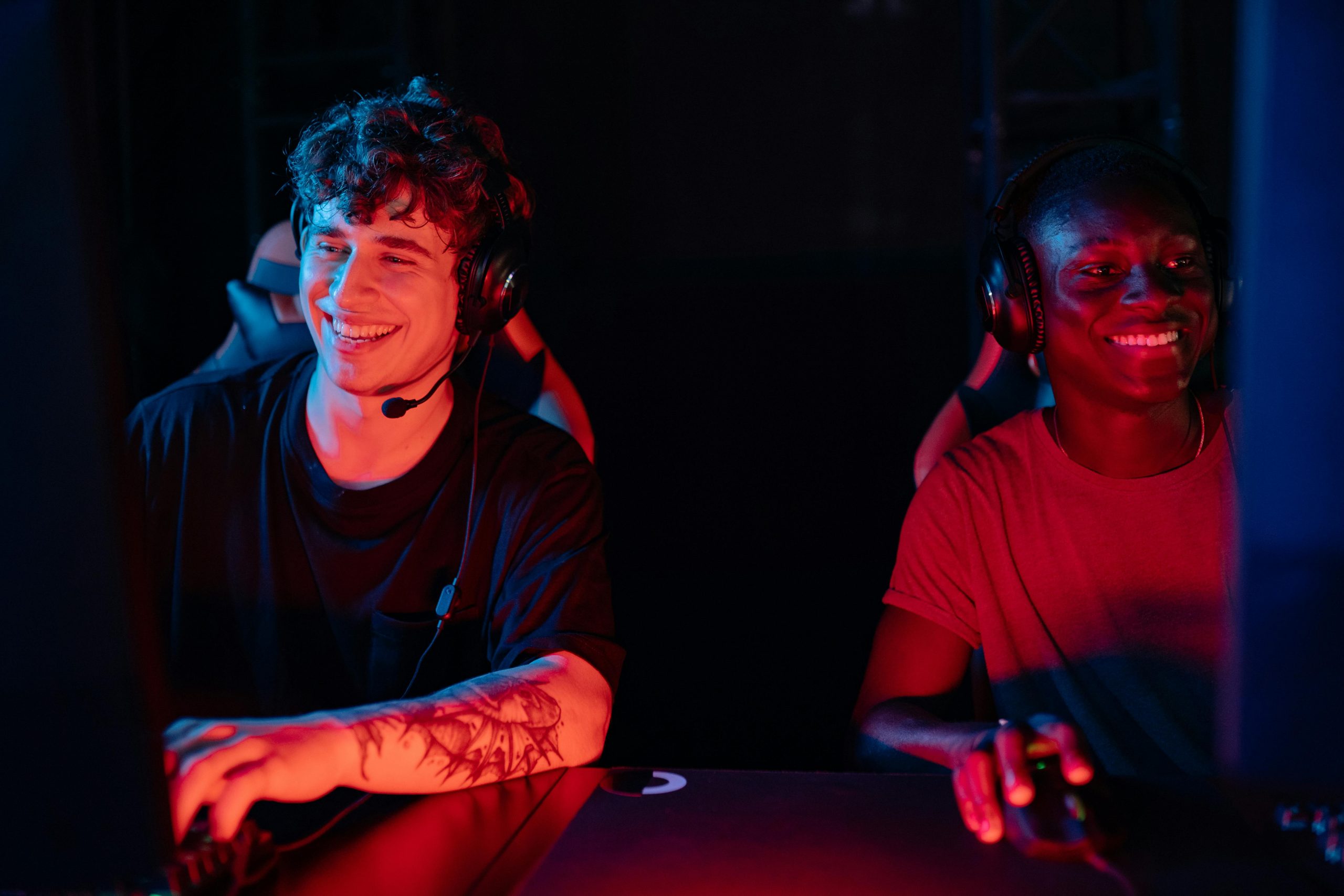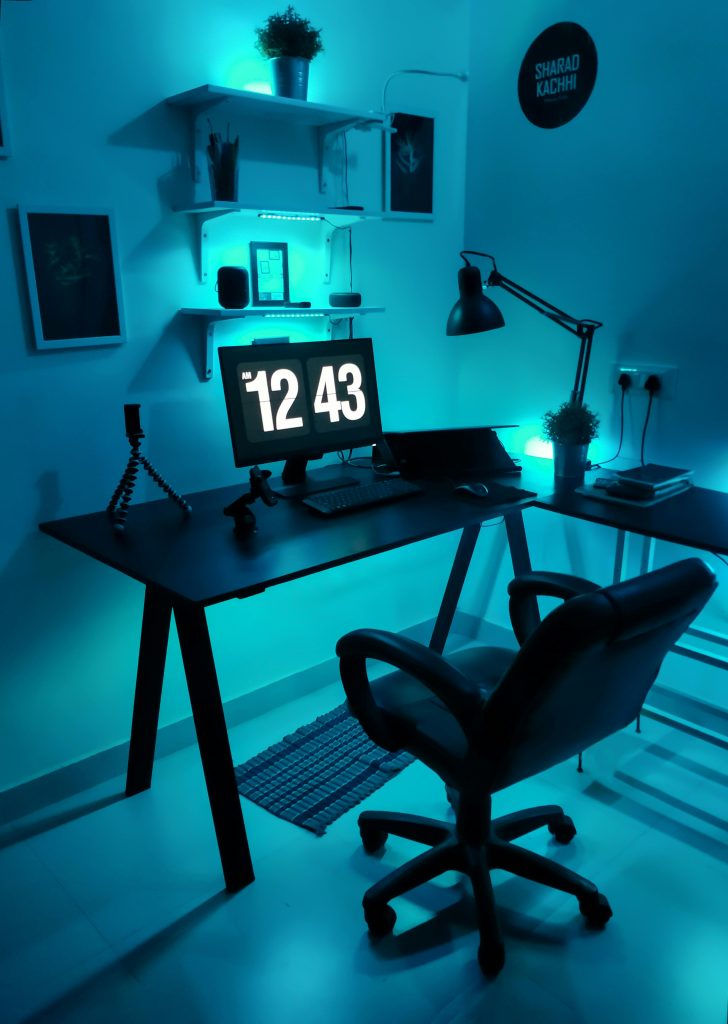Troubleshooting a GPU Startup Issue: How I Resolved My Friend’s PC Dilemma
Building a PC can be an exciting experience, especially when assembling a system for a friend. However, I encountered a disheartening issue during the process that left me scratching my head. After successfully assembling the hardware, I powered on the machine, and while the fans of the GPU roared to life, the RGB lights remained dark, and there was no output to the monitor.
The Situation
Upon powering up the new build, the case, motherboard lights, and CPU fan activated, suggesting that most components were functioning correctly. However, the graphics card exhibited troubling behavior — it failed to light up the ‘GIGABYTE’ logo and did not send any display signal.
The setup was mostly composed of brand-new components, with the exception of the graphics card, which was my trusty albeit aging GPU. I first thought it might be time to retire that card. Yet, to my surprise, when I tested it in my existing build, it performed flawlessly—outputting to the monitor and lighting up without a hitch.
To further diagnose the issue, I then swapped my current graphics card (a powerful 3080) into my friend’s new system. Once again, I faced the same frustrating scenario: fans activated, lights dimmed, and no signal to the display.
Troubleshooting Steps Undertaken
I meticulously ensured all connections were properly seated, and double-checked that the power supply unit (PSU) was more than adequate for the system’s needs. The monitor was also confirmed to be functioning correctly since it worked with another build.
Despite following every best practice in the troubleshooting guide, I was at a loss for what could be preventing the graphics cards from functioning in this specific setup.
The Solution
In a moment of impatience and determination, I decided to invest in a new motherboard. After rebuilding the entire system with the new part, I powered it on, and everything worked as intended! The lights illuminated, and the GPU displayed a signal to the monitor flawlessly.
Conclusion
It’s interesting how sometimes the solution can be as straightforward as replacing a component that doesn’t seem faulty on the surface. I appreciate the advice and support from everyone who helped throughout this frustrating scenario. It ultimately led to a successful resolution that has my friend gaming in no time!
For anyone facing similar GPU issues, remember to exhaust all troubleshooting avenues before replacing parts. Who knew impatience
Share this content:




Hi there,
Based on your description, it sounds like your GPU is powering on (fans activate) but the LEDs remain off and there’s no display output. This issue could be caused by several factors. Here are some troubleshooting steps you can try: